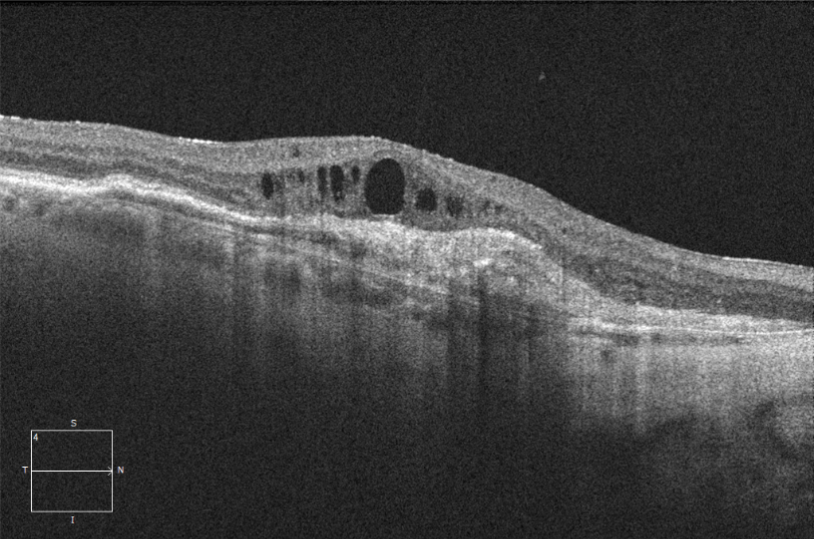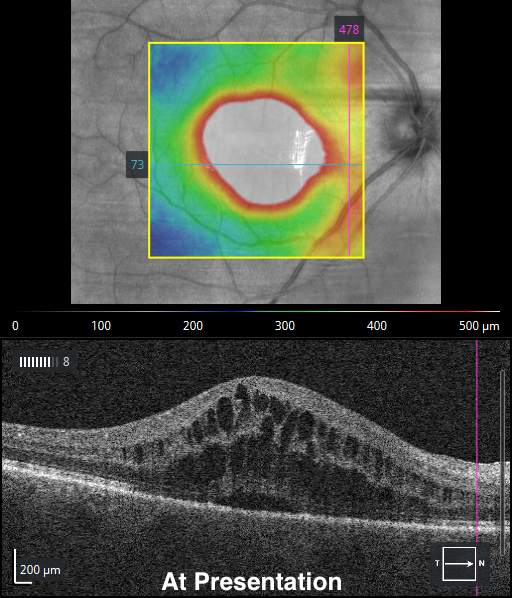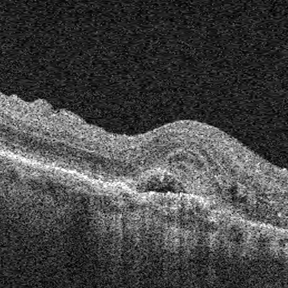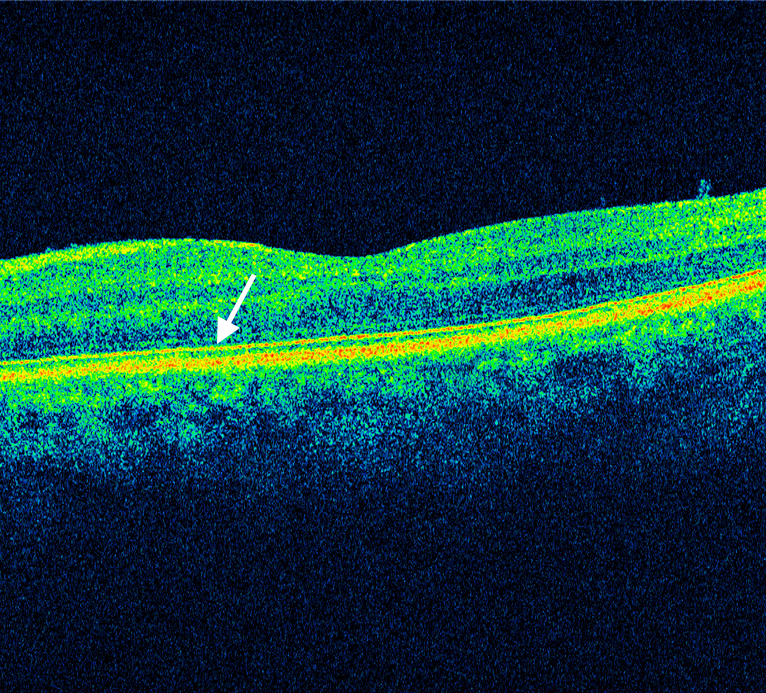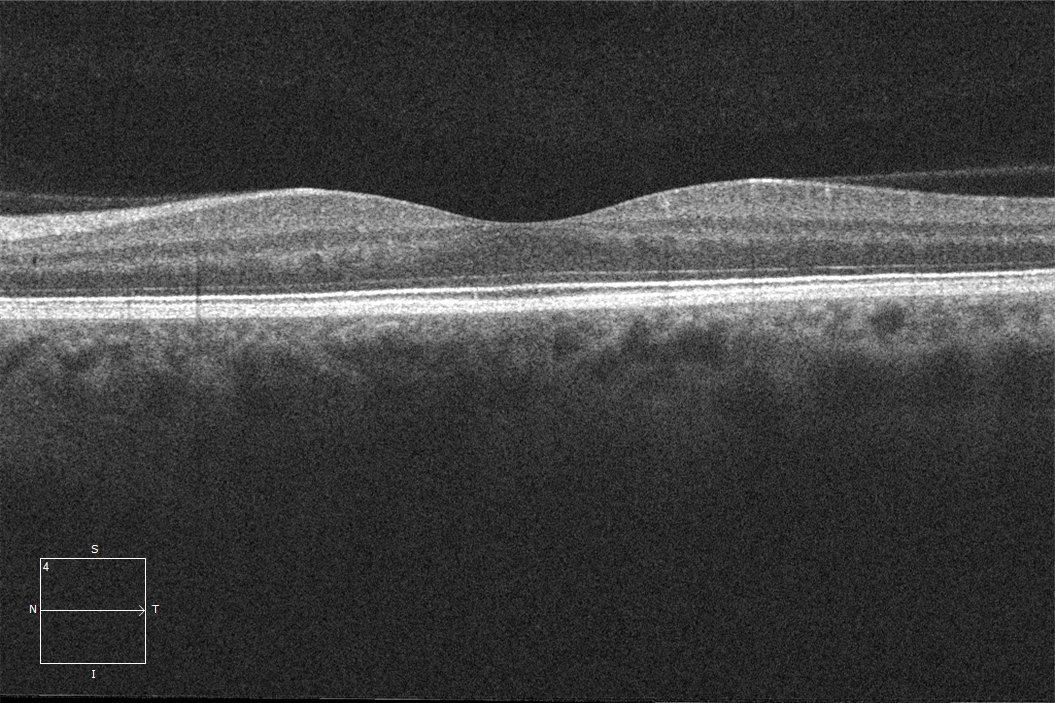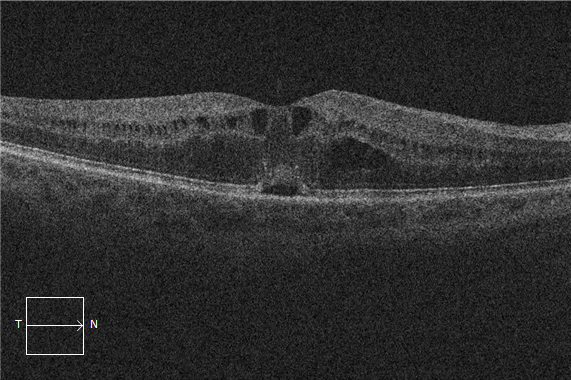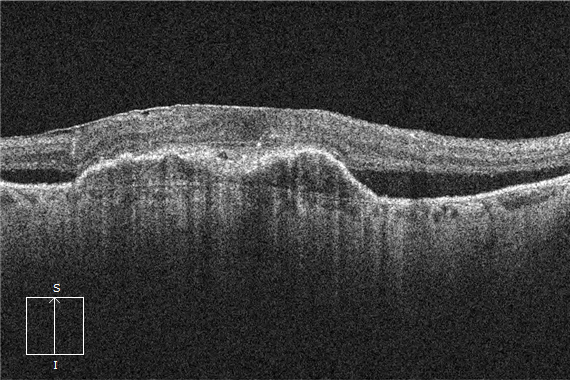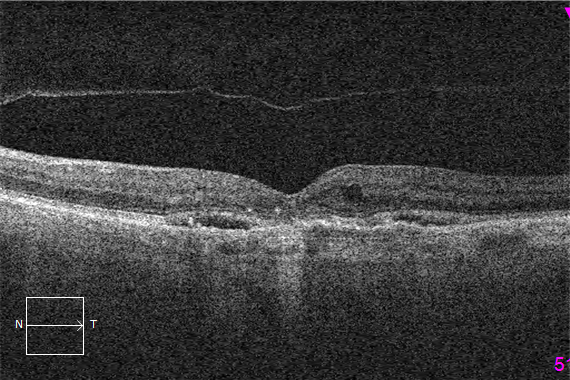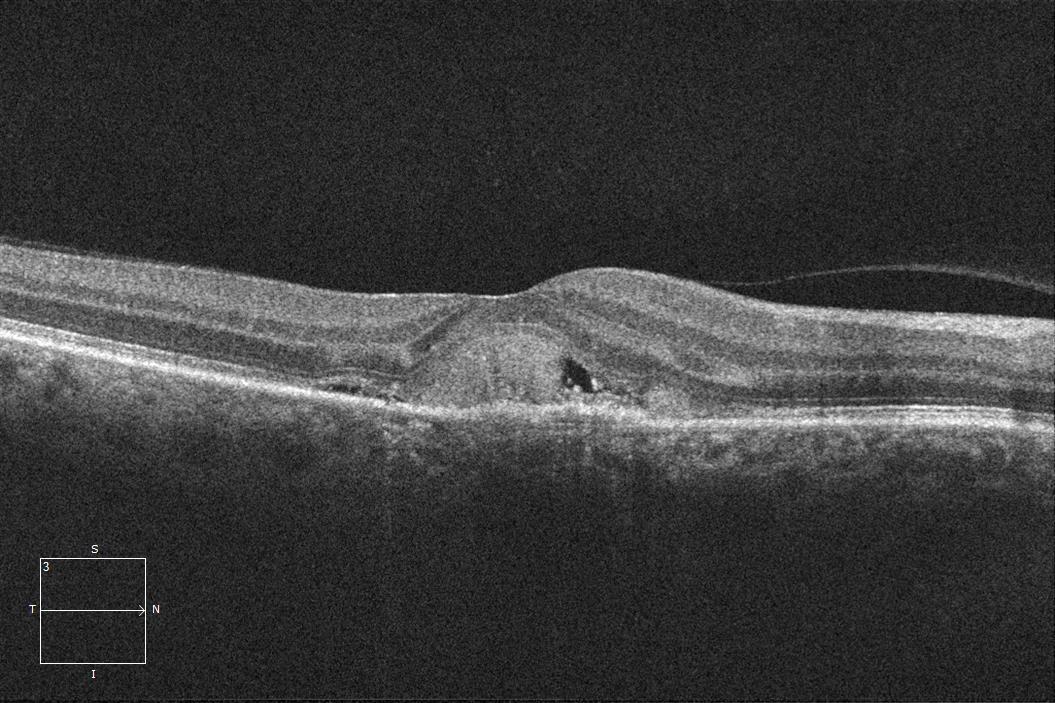
This edition of the EyeCarePD newsletter is about timeframes for patient referrals for common macular pathologies. We’ve all seen patients with concerning presentations of macular disease. From blood to fluid, it can be confusing for the referring doctor to know how urgently a patient needs to be seen by a specialist. At EyeCarePD, we’re often… Read More
